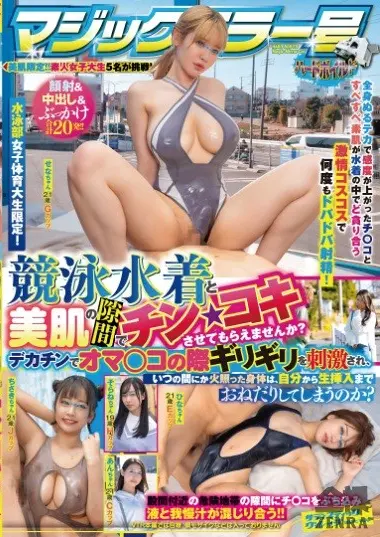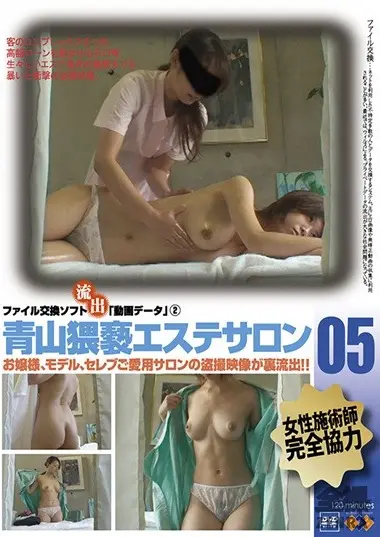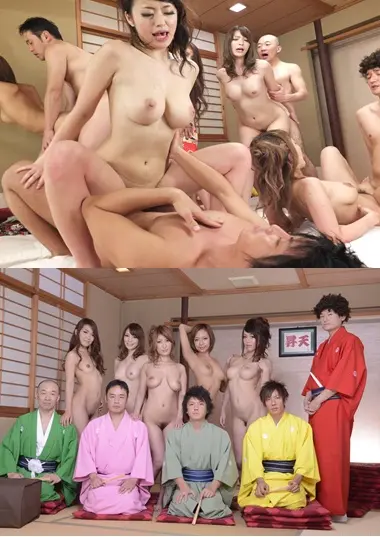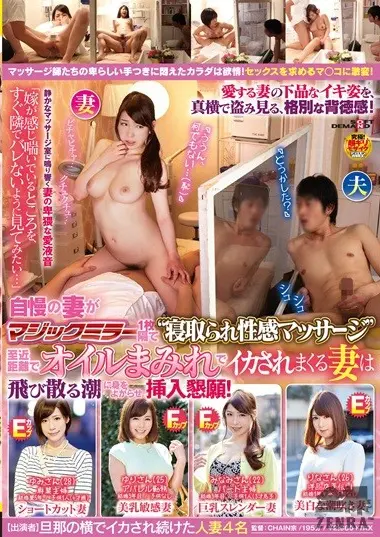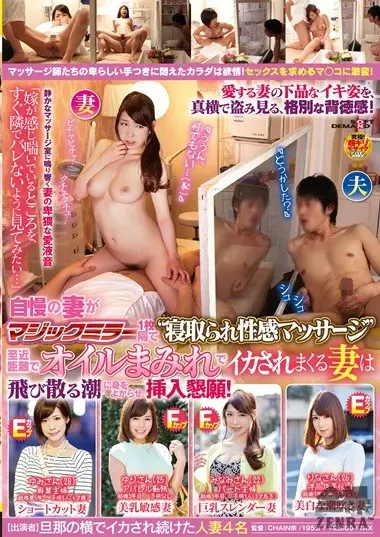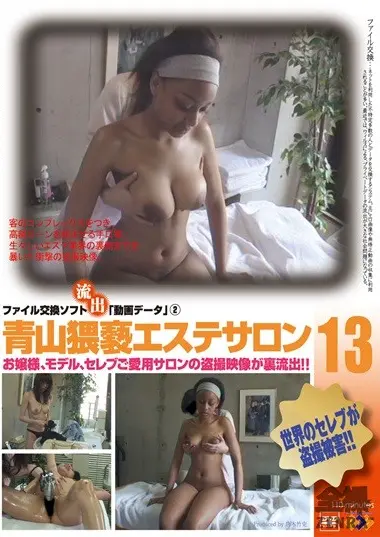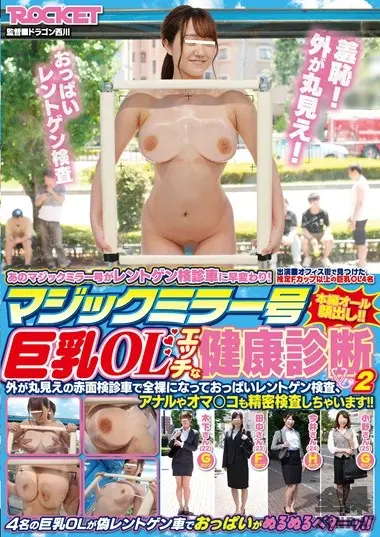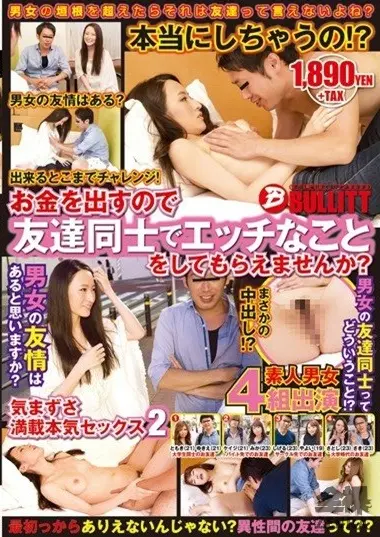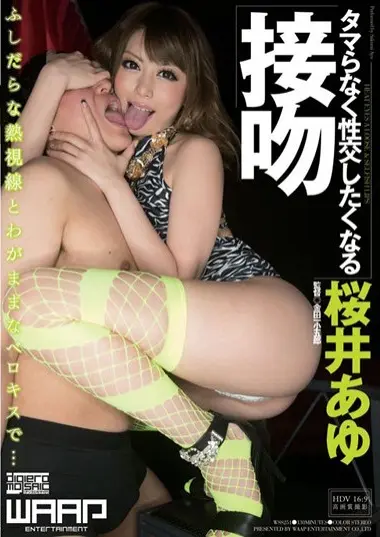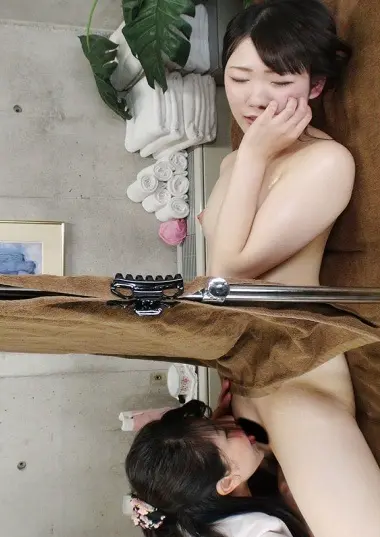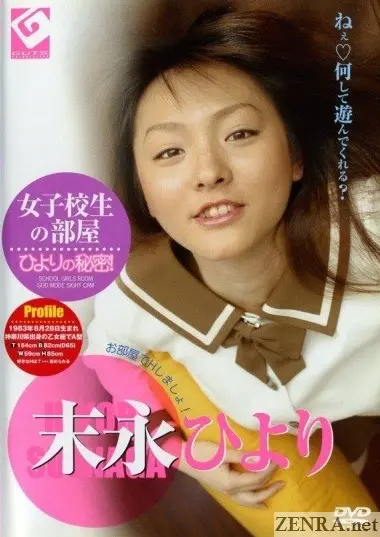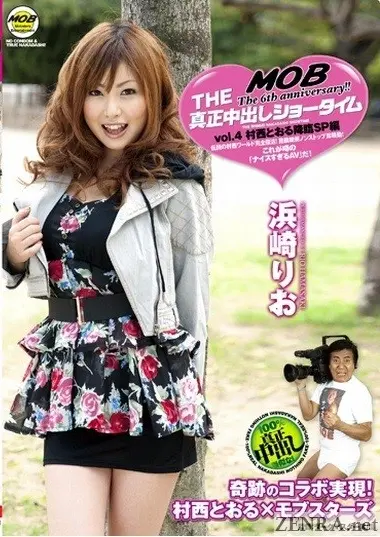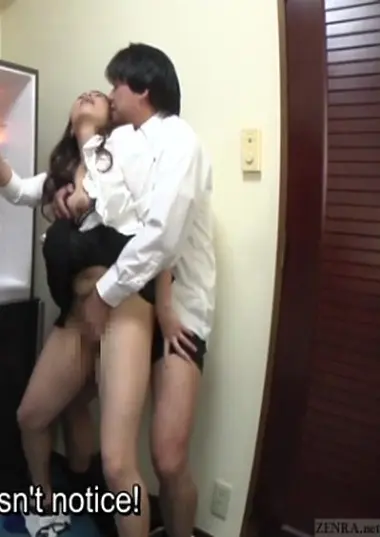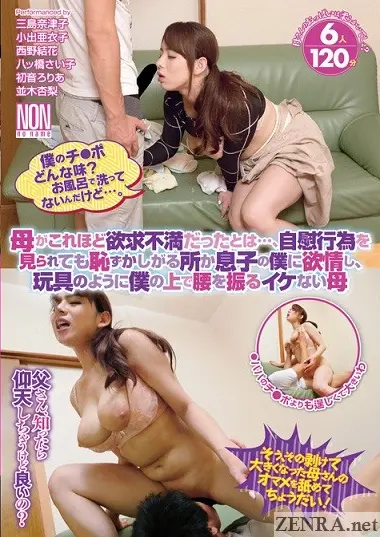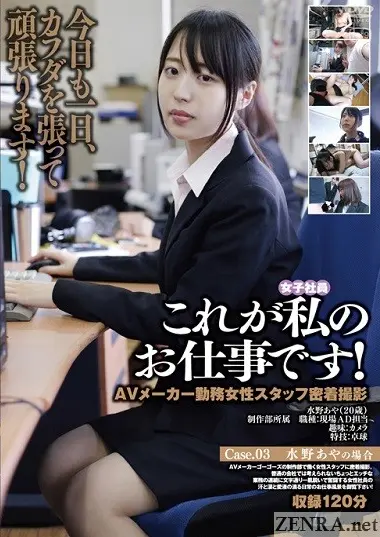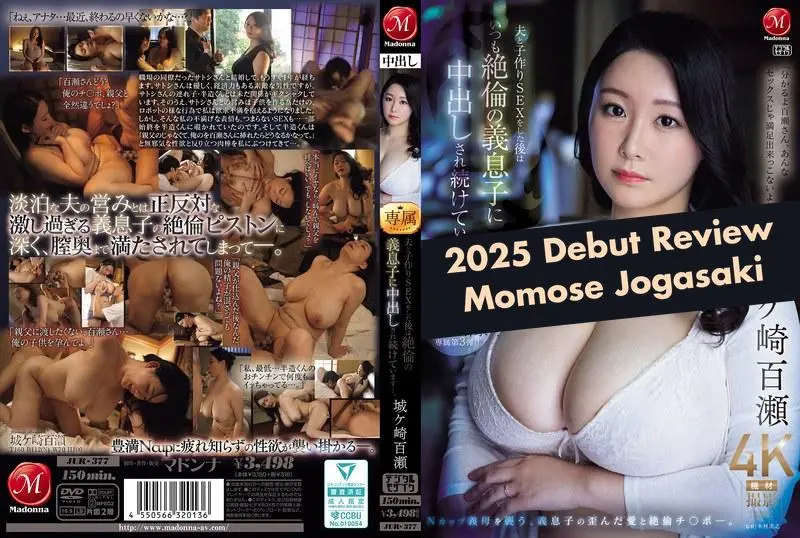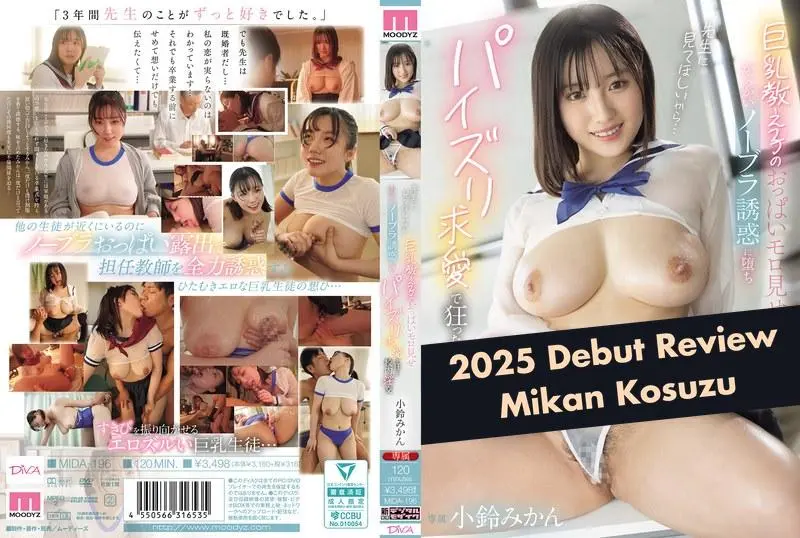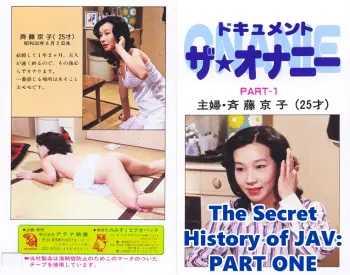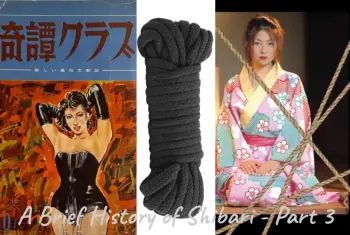Pink Film Reviews - A Woman Called Sada Abe (1975)
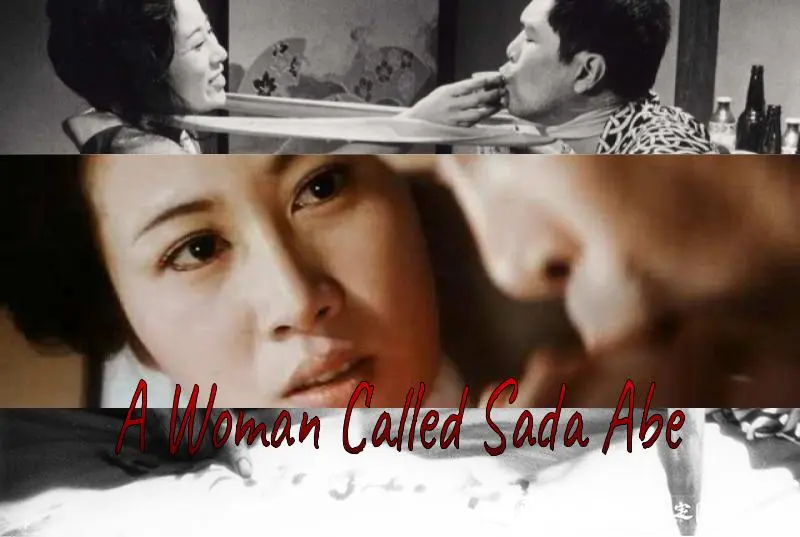
Sada Abe was a geisha who made national headlines after she murdered her lover. While homicide in and of itself is nothing special, it was what Sada Abe did to her lover's body after killing him that drew media attention. The exact details are perhaps not appropriate for discussion here, though if you want to learn about them you can do so here. More than the act itself though, Abe showed no remorse or shame for her killing, and even wrote a book after her release from prison.
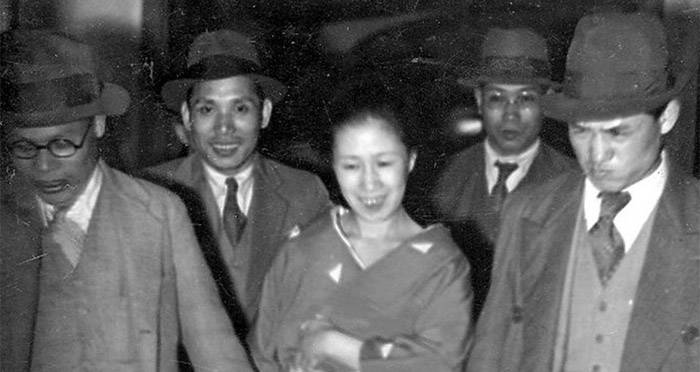
Sada Abe and the officers who arrested her. I don't know what's eating the guy on the right.
Naturally, given just how unusual the whole ordeal was, Sada Abe quickly took hold of the national imagination, and never really left it. So it makes sense then that, sooner or later, there would be a movie about her life. Through the medium of film, one could examine the deeper motivations and background of Abe, and maybe even use her story to say something deeper about society. It's certainly a possibility, and a possibility that could potentially be realized with the creative freedom afforded to pink films. Unfortunately, if there is an introspective and impressive examination of the Sada Abe story out there, it is not this film. Its plot is dull and plodding. Its characters are flat and uninspiring. And even the smut is laughably tame by modern standards.
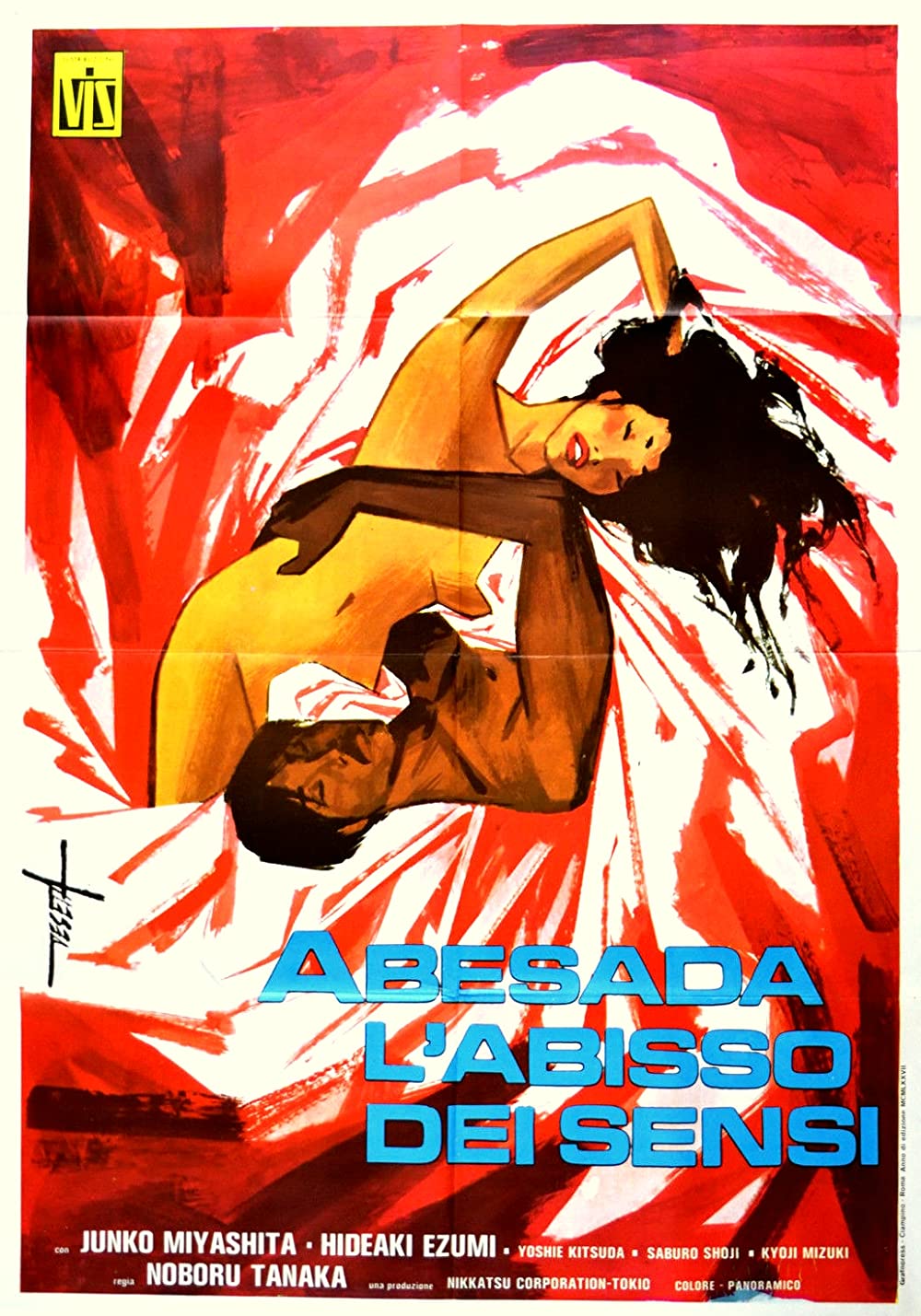
This isn't to say that all the sex scenes are just Sada and Kichi flopping around. But whenever the two do try to experiment with things, the results are presented in-universe as kind of weird and off-putting, such as when Kichi slurps up Sada's blood after she cuts herself, or when Sada and Kichi feed each other food that's been rubbed on their genitals, while the geisha they've hired to sing for them tries not to look too grossed out.
Sada and Kichi live in absolute squalor, only ever leaving the hotel room they've rented to piss and shit and run the occasional errand. Their room is littered with trash and food. They keep the shutters and doors completely closed, so that the stink of their bodies will never leave the room and they will never see natural light. And while the hotel staff see them as a pair of weirdos, I don't know if we're supposed to agree with the staff, or view them as simpletons who can never understand Sada and Kichi's love.
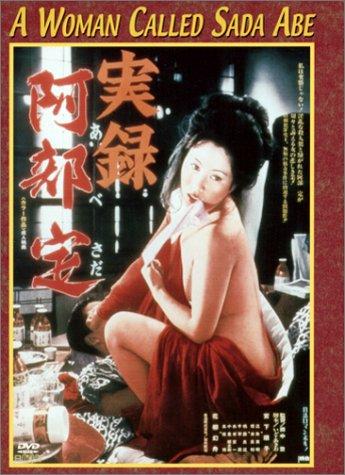
A Woman Called Sada Abe is a movie about historical figures that refuses to offer theories or positions on its subject matter beyond what is publicly available knowledge. I can understand the fear of misrepresenting history by attributing to figures motivations which did not exist. But at the same time, to make a coherent plot, you need to treat the historical figures you showcase like you would any other characters, with things like background, motivation, arcs, etc. And the film's refusal to do this makes the characters feel shallow and dull.
Even the characterization of Sada herself is threadbare and flimsy. You would think, if Woman was only recounting information that was already known to the public, that having an autobiography by the titular woman herself would lend to her fictional portrayal being more nuanced. But the most characterization we get of Sada is when she explains her motivations for killing Kichi with an impassioned soliloquy. According to her, when women fall in love, they completely lose any sense of self, only ever living for their lovers. Their hobbies, interests, even favorite foods, all shift to reflect those of the men in their lives. So if their lovers leave them, they are left with nothing; no identity, no self. So Sada had to kill Kichi, so that he would never leave her, and so that Sada would not be left a shallow husk of a woman.
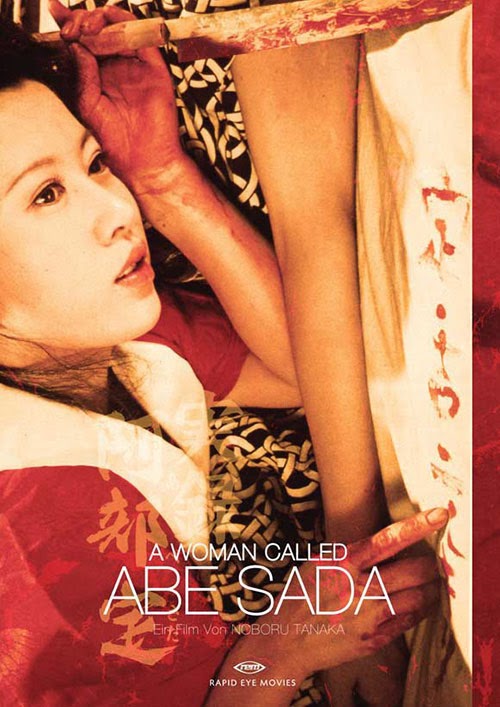
A Woman Called Sada Abe reminds me of the JCVD film Kickboxer, in that things don't so much progress as they simply happen. It feels like the cinematic equivalent of "They did this. Then they did that. Then they did this again." prose. And while Kickboxer at least had good fight scenes, Woman's sex scenes simply are not up to modern standards. Maybe in the 70s, when this was made, the mere sight of naked breasts on film was enough to scandalize audiences, but nowadays it seems almost chaste. I didn't hate Woman, but I didn't really like it either. I just feel... nothing about it. It passed through my system as cleanly and tastelessly as a saltine cracker. And a month from now, I will probably have forgotten it completely. I really hope there's a better Sada Abe movie out there. She deserves a better film that this.
Have a pink film you'd like me to review? Leave a comment down below.
Sada Abe was a geisha who made national headlines after she murdered her lover. While homicide in and of itself is nothing special, it was what Sada Abe did to her lover's body after killing him that drew media attention. The exact details are perhaps not appropriate for discussion here, though if you want to learn about them you can do so here. More than the act itself though, Abe showed no remorse or shame for her killing, and even wrote a book after her release from prison.

Sada Abe and the officers who arrested her. I don't know what's eating the guy on the right.
Naturally, given just how unusual the whole ordeal was, Sada Abe quickly took hold of the national imagination, and never really left it. So it makes sense then that, sooner or later, there would be a movie about her life. Through the medium of film, one could examine the deeper motivations and background of Abe, and maybe even use her story to say something deeper about society. It's certainly a possibility, and a possibility that could potentially be realized with the creative freedom afforded to pink films. Unfortunately, if there is an introspective and impressive examination of the Sada Abe story out there, it is not this film. Its plot is dull and plodding. Its characters are flat and uninspiring. And even the smut is laughably tame by modern standards.

Want to read more?
Create a free account to access more blog posts each month!
More Info: The Future of the ZENRA JAV Blog
Unlock unlimited blog access!
Subscribe or purchase videos to get unlimited access to all blog posts and support legal JAV.
For those unable to pay, approved thoughtful blog comments will reset your monthly limit.
Video Purchase Coupon Code:
More Info: The Future of the ZENRA JAV Blog
Comments
Continue Reading Join the Discussion Welcome to ZENRA!
Register for free to get more blog posts each month, or login to continue reading.
Login or register to join the conversation and share your thoughts.
By Baskerville @ September 18th, 2020
By Panking @ February 15th, 2021
By Anton Algren @ February 14th, 2023

